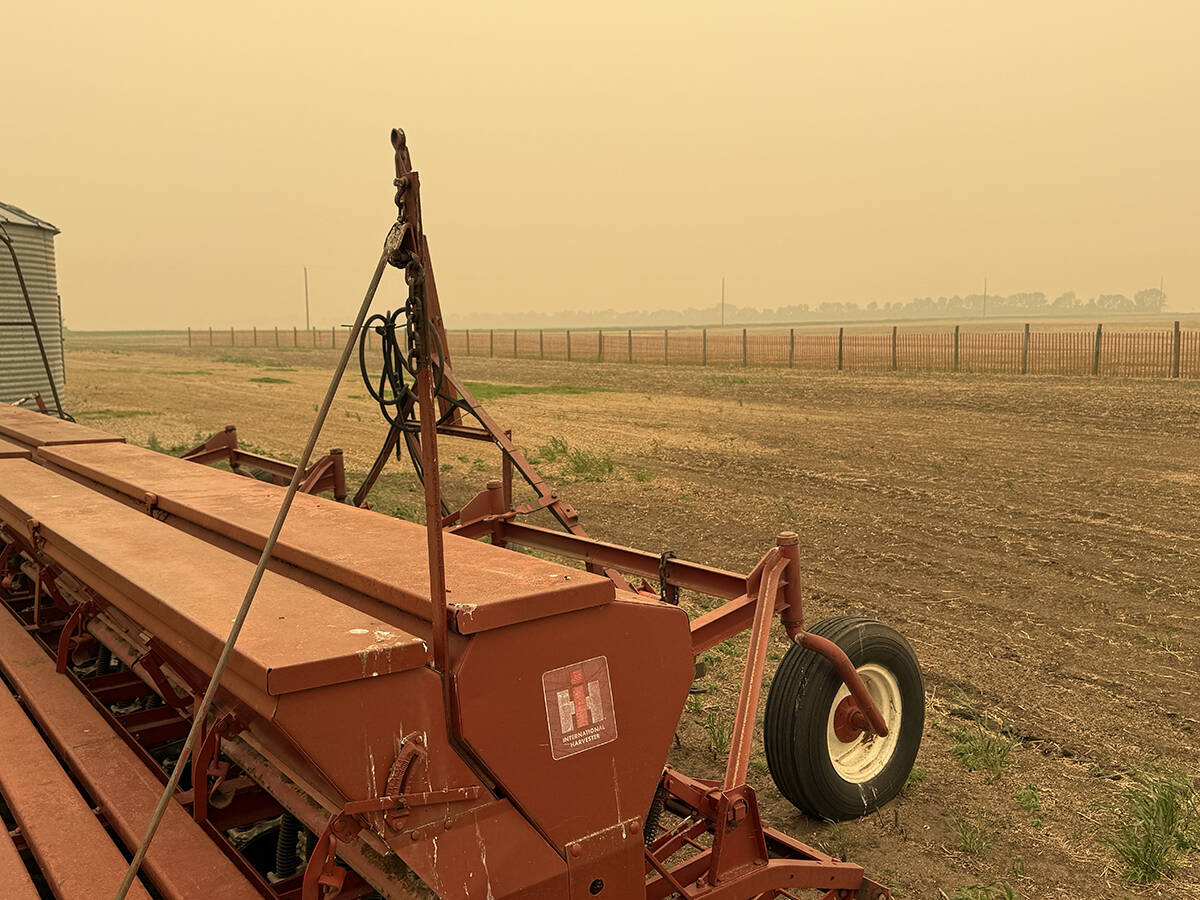The 16 grain commission employees who work in the Crop Development Centre played a big part in setting up the office for convenience and efficiency.
The samples are first checked to make sure they meet the minimum size of 750 grams and have the necessary documentation. Each sample is assigned a number, dumped into a plastic canister and its data entered into a computer.
The samples then move to the cleaning area, where employees measure dockage and test protein and moisture. This room holds dozens of sieves used to measure foreign matter in different types and varieties of grain.
Read Also

Wildfires have unexpected upside this year
One farmer feels smoke from nearby wildfires shrouded the July skies and protected his crop from the sun’s burning rays, resulting in more seeds per pod and more pods per plant.
Then inspectors dump the samples onto a three-ply grading sheet made from paper bag-like material. Underneath a high-powered light, they look for signs of damage or germination, check the color, look at foreign material and moisture.
Inspectors can pull out a thick binder full of grain specifications, or look at the official sample for grade and quality.
They also routinely check samples for insects. They put the grain into a funnel feeding into a jar of water. The funnel fits under a 60-watt light bulb, and the heat forces any insect into the water.
The samples end up in a storage room lined with long shelves that can hold about 10,000 plastic containers. After a certain period of time, they’ll be dumped into an auger and travel up a “mini-leg” to a 60-bushel grain bin. Feed mills bid to buy the grain.
The commission sends edible pulses like peas and lentils to Winnipeg Harvest, a food bank.
In the former location, the old samples were loaded into 50-pound bags and hauled down seven flights of stairs, said Hanson.














